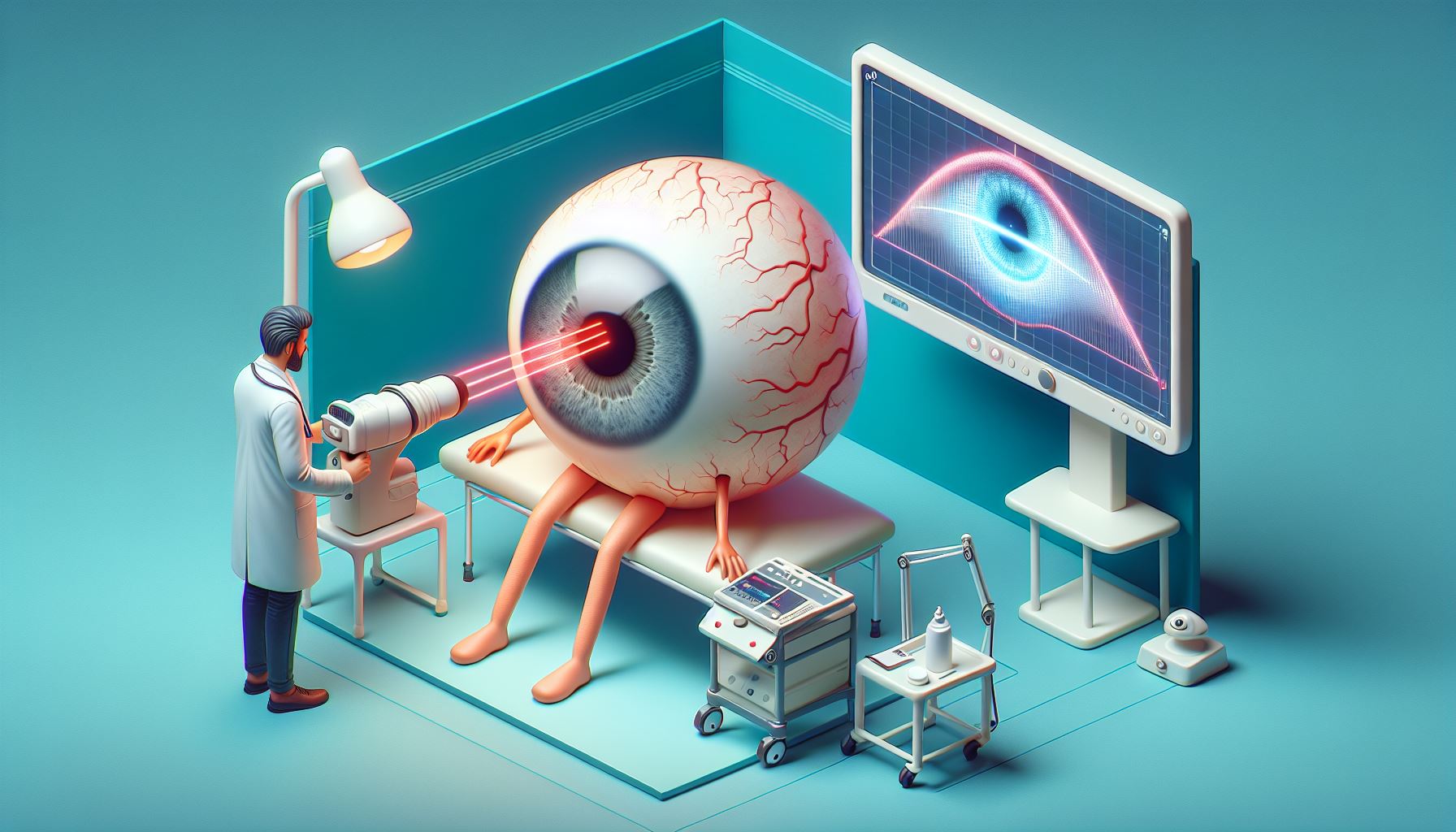
Age-related macular degeneration (AMD) is a significant cause of vision loss, especially in older adults. It occurs when the central portion of the retina, known as the macula, deteriorates. The macula is responsible for central vision, which is crucial for tasks like reading and driving. Drusen, which are tiny yellow or white accumulations of extracellular material, can form under the retina and are often found in individuals with AMD. While drusen themselves do not cause AMD, their presence, size, and number can indicate the risk and progression of the disease.
Drusen and Their Role in AMD
Drusen are deposits that accumulate in the retina, particularly in the macula, and play a significant role in age-related macular degeneration (AMD). These drusen can be classified into three main types:
- Hard Drusen:
- Characteristics: Hard drusen are small, well-defined, and evenly distributed throughout the retina.
- Appearance: They appear as discrete yellow-white spots.
- Clinical Significance: While hard drusen are common with age, they are generally considered benign and do not necessarily indicate AMD progression.
- Soft Drusen:
- Characteristics: Soft drusen are larger and have less distinct edges. They tend to cluster together.
- Appearance: They appear as larger, more diffuse yellow deposits.
- Clinical Significance: Soft drusen are associated with a higher risk of AMD progression. Their presence warrants closer monitoring.
- Cuticular Drusen (Basal Laminar Drusen):
- Characteristics: Cuticular drusen are similar to hard drusen in appearance but differ in their distribution and location.
- Appearance: They also appear as small, yellow-white deposits.
- Clinical Significance: Cuticular drusen are associated with an increased risk of developing advanced AMD, especially choroidal neovascularization (CNV).
Types of Macular Degeneration
AMD is categorized into two types: dry (non-neovascular) and wet (neovascular). Dry AMD is more common and is characterized by thinning of the macula and the presence of drusen. Wet AMD, although less common, is more severe and involves the growth of abnormal blood vessels under the retina, which can leak fluid and blood, leading to rapid vision loss.
Diagnosis and Monitoring
Routine eye exams are essential for detecting drusen and diagnosing AMD. Tools like the Amsler grid and ForeseeHome Monitor® allow patients to monitor changes in their vision at home. These tools are particularly useful for individuals with dry AMD, as they can help detect the onset of wet AMD early.
Treatment and Management
Currently, there is no cure for dry AMD, but certain supplements and lifestyle changes may slow its progression. For wet AMD, treatments such as anti-VEGF injections can help manage the condition. Research continues to explore new therapies, including the removal of drusen and treatments for geographic atrophy, which is an advanced form of dry AMD.
Research Insights
Recent studies have provided valuable insights into the relationship between drusen and AMD. For instance, research has shown that automated drusen volume measurements are not interchangeable between different optical coherence tomography (OCT) devices, emphasizing the need for device-specific interpretation. Other studies have highlighted the importance of drusen size and pigment abnormalities in predicting the development of neovascular AMD.
Conclusion
Understanding the comparison between macular degeneration and drusen is crucial for early detection, monitoring, and management of AMD. While drusen are a key indicator of the disease, they are not the direct cause. The progression from drusen to AMD involves complex changes in the retina, and ongoing research is vital to uncover new treatments and improve patient outcomes.
In summary, while drusen are commonly associated with AMD, they are not synonymous with the disease. They are, however, a significant risk factor and their presence warrants careful monitoring and management to prevent or slow the progression of AMD. With advancements in medical research and technology, there is hope for better diagnostic tools and treatments for those affected by this vision-threatening condition. The journey from understanding drusen to managing AMD is one of meticulous research, patient education, and clinical vigilance.
Here’s a list of additional resources related to macular degeneration and drusen, along with their descriptions:
- Medical News Today – Provides an overview of the link between drusen and macular degeneration, explaining that while drusen themselves do not cause macular degeneration, they increase the risk of developing the condition.
- National Institutes of Health (NIH) – Features a study by Q Zhang (2019) that compares histologic findings in age-related macular degeneration (AMD), highlighting the patterns of retinal pigment epithelium (RPE) over various types of drusen.
- Nature – Presents a paper by D Garzone (2022) on the comparability of automated drusen volume measurements, discussing the challenges in quantifying drusen, which are early indicators of AMD.
- BrightFocus – Discusses why doctors focus on drusen when diagnosing and predicting the development of AMD, emphasizing the importance of these deposits as a defining feature of the condition.
- National Institutes of Health (NIH) – Offers an article by S Notomi (2021) that examines how drusen and pigment abnormalities can predict the development of AMD, noting the significance of drusen prevalence in the disease’s progression.





